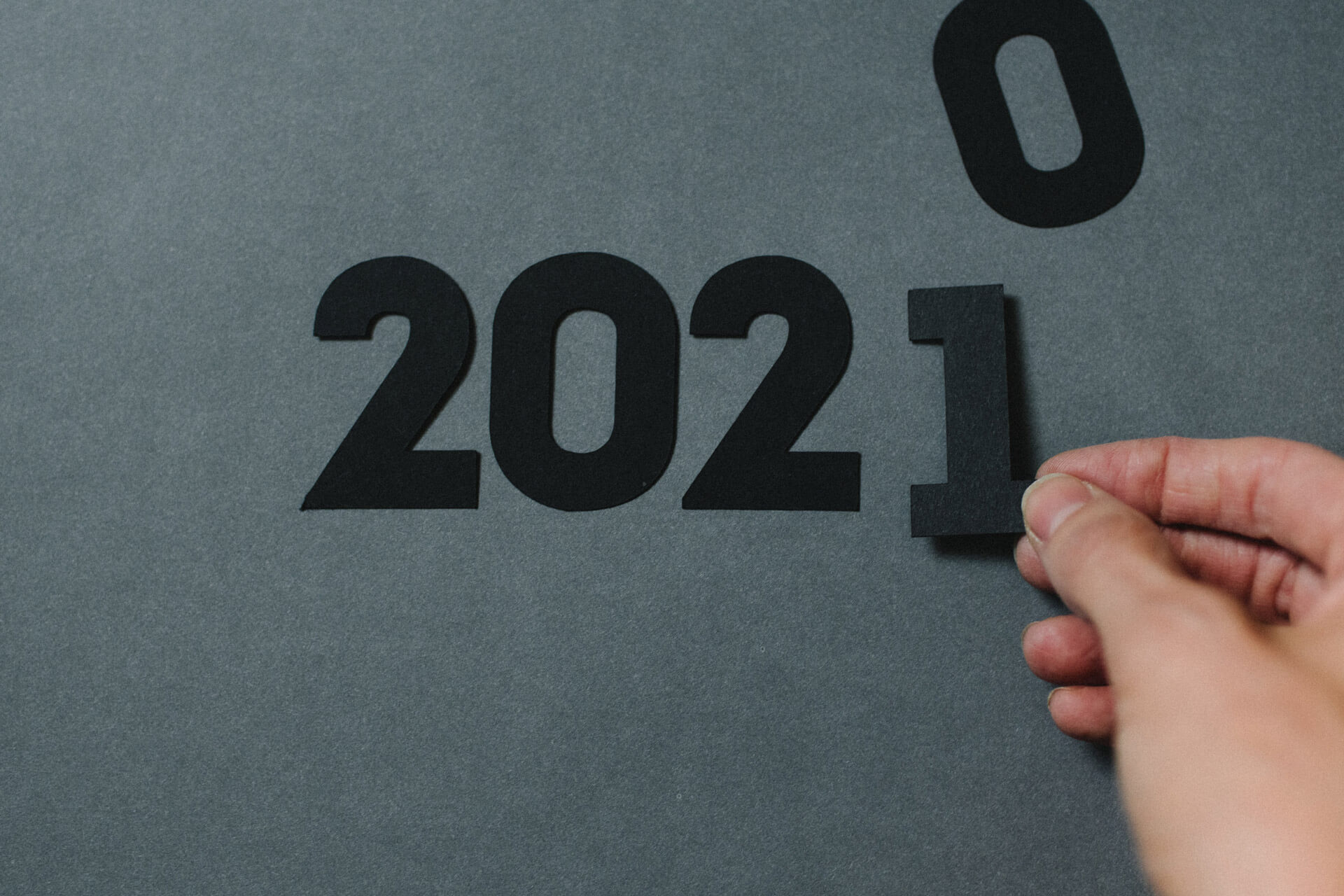
Remaining flexible through technology, mobile, personalization and curbside will be key for retailers in 2021.
That’s according to Bluedot, which said that the pandemic has forced retail brands to rethink the customer experience and quickly adapt to new customer demands around safety and convenience
“As we look towards 2021, it’s clear that retailers must accelerate flexibility — from encouraging purchase via mobile to managing online pickup orders to handing off orders at curbside,” said Emil Davityan, co-founder and CEO, Bluedot, which provides location technology for mobile apps. “Consumers want an effortless, fast, and automated carside experience with limited wait times.”
The key trends and predictions for 2021 from Bluedot are below.
1.Retailers will augment their mobile app initiatives with a sharp focus on personalization to meet new customer experience demands.
The pandemic has led to a sharp uptick in consumer mobile app usage with three out of four consumers turning to mobile apps for shopping in the last quarter according to Bluedot’s recent retail report. With consumers now more receptive to mobile apps than ever before, retailers will be able to gain valuable insights for everything from purchase history, omni-commerce and delivery to frequency and dwell time which will be pivotal to personalized service.
It will also determine future relationships with natively digital generations. 2021 will be a year of rapid testing and deployment of solutions and technologies with a particular focus on mobile and data as retailers reinvest in improving the functionality of their mobile apps to include fast and easy payment options, geolocation technology and more. There’s a technological differential for companies that embrace this approach to roll out adapted solutions in markets where personalization is most needed, giving brands a chance to win market share while meeting consumer demand head-on.
2.Retailers will seek more end-to-end, holistic solutions that integrate their disparate technologies.
This will facilitate the management of the customer experience no matter what channel customers choose to use. In response, technology providers will verticalize or consolidate in order to provide the kinds of end-to-end solutions brands are seeking.
Companies recognize the imperative of time to market and long term technology roadmaps have condensed into a much shorter window as consumer behaviors continue to shift. Retailers will also need to weigh the impact that the increasing investments in technology has on their stores.
3.Curbside will become carside as popularity rises and consumers turn to retailers that can deliver a first-class experience.
Consumers have significantly increased their use of curbside pickup with 80% utilizing the service for their shopping during the last quarter of 2020 according to Bluedot’s retail report, but the current level of service is not meeting consumer expectations. They will come to expect a fast, pleasant and hassle-free experience the moment their car pulls into a curbside space with automated check-in and orders brought directly to their car upon arrival.
Mobile technologies, including geolocation and predictive arrival technology, will alert stores when a customer is approaching and the moment they pull into a curbside space so staff can be ready upon arrival.
4.While other brands play catch-up, a handful of leading players will roll out brand-owned next-gen delivery services that will set the standard for the next five to 10 years.
Brands that had already established safe and convenient curbside pickup, in-store pickup and same-day delivery options will remain in the best position to be successful in the year ahead. With mounting pressure to manage ongoing shelter-in-place orders and accommodate newly formed consumer habits, brands will start to invest in their own delivery options and become less reliant on third-party delivery platforms.
5.Mall operators will also invest more in technology to help merchants and lure customers back to the mall. Operators will revitalize their mobile apps and merge AI and location technology to make the shopping experience both in-store and online faster, seamless and contactless.
Through the apps, customers will be able to shop the mall in a more personalized way including only seeing merchandise that’s in stock. Malls will also make it much easier for stores to provide first-class carside service and BOPIS for picking up purchases the moment a customer pulls into a designated parking spot or enters a store.
Source: Bluedot: Five key trends, predictions for 2021 | Chain Store Age

